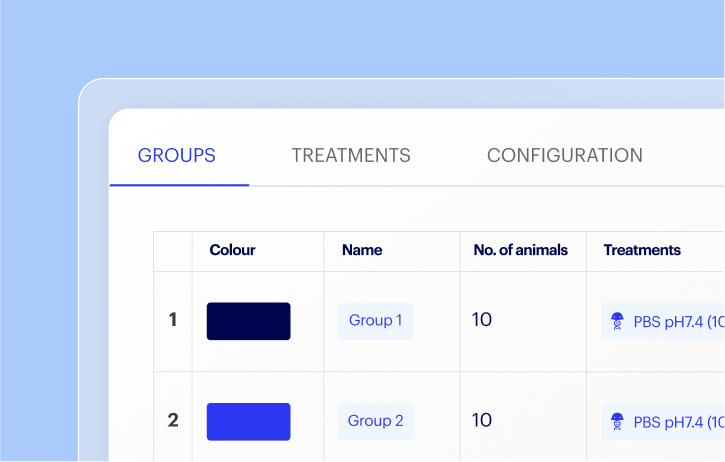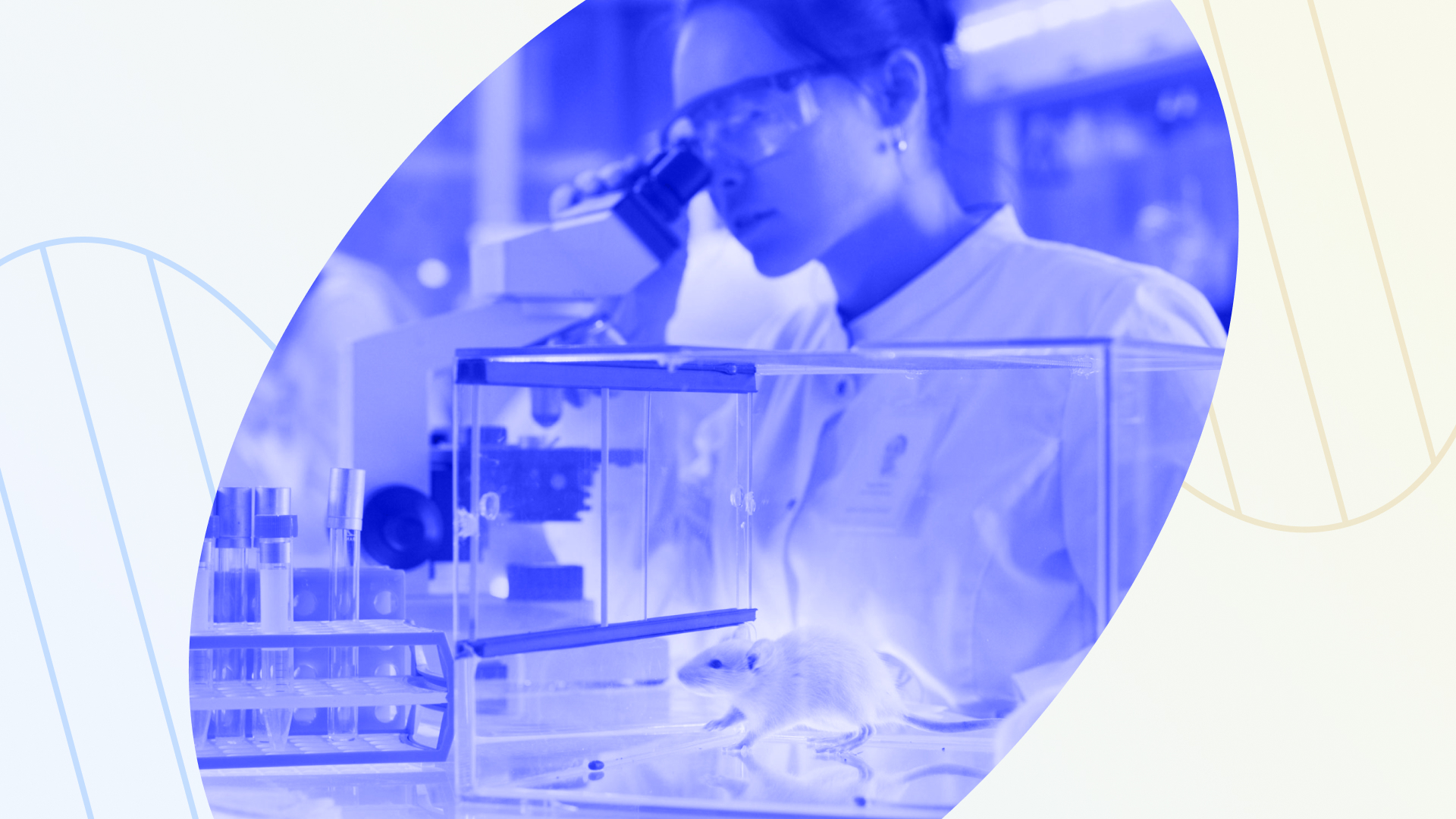How AI is reshaping the future of animal research: FELASA 2025

The energy was high in Athens this June at the 16th Federation of European Laboratory Animal Science Associations (FELASA) Congress. Kicking off with a morning 5k run, many attendees carried that momentum into thoughtful conversations on animal welfare, research methodologies, and new technologies. This year’s theme, Reducing Severity in Animal Research, reflected a growing commitment to ethical lab animal practices — and for the first time, highlighted the role of cutting-edge technologies like AI in improving both research outcomes and animal care.
The conference highlighted several key challenges to adopting AI in animal research, shining a light on the importance of data quality, the current regulatory frameworks, ethical considerations, and infrastructural limitations.
The promise of AI in animal research
During the presentations, AI emerged as a pivotal tool in refining animal research protocols. AI applications are enhancing data collection & processing, behavioral analysis, and experimental design, leading to more sustainable and ethical research practices. For instance, AI-powered monitoring of animal behavior and physiology within home cages provides non-invasive yet deep insights into sleep patterns, neuron activity, and phenotype variability across light/dark cycles.
However, this opportunity also comes with limitations. Without structured, high-quality data, AI is just a powerful engine with no fuel. Standardized data is the foundation for making AI useful, ethical, and impactful in animal research.
Rethinking ethical frameworks in the age of AI
The conference highlighted the importance of ethical frameworks, particularly the 3R principles—Replacement, Reduction, and Refinement—in guiding responsible animal research. Discussions focused on harmonizing ethical review processes across countries and enhancing transparency in animal research to build public trust and scientific integrity.
The integration of AI into animal research however, raises complex ethical and regulatory questions. Current guidelines often fall short in addressing the nuances of AI technologies, such as automated decision-making and predictive analytics. There need to be updated frameworks that consider the implications of AI on animal welfare and ensure that these technologies are used responsibly and humanely.
Putting the pieces together — data, collaboration, and AI
The advancements discussed at FELASA 2025 underscore the critical role of data, collaboration, and AI in modern animal research. By structuring and sharing data effectively, researchers can leverage AI to identify patterns, predict outcomes, and refine experimental designs. This ultimately reduces the number of animals needed and improves the quality of research.

We had great discussions with delegates about how Benchling’s In Vivo facilitates this requirement. By connecting in vivo teams with the broader R&D ecosystem, our platform ensures that data is accessible, structured, and ready for AI-driven analysis.
Data requirements were also top of mind for delegates who outsource their animal work to clinical research organizations (CROs). For many, getting the data back from the various CROs they use in an easy format to ingest into their own records is a time-consuming administrative burden. That’s why Benchling has launched our first agent: a data entry assistant that captures data from messy, unstructured formats (think: PDFs from CROs, spreadsheets with legacy data) and uses LLMs to convert it into structured data. Automating toil is just the start. See what we’ve learned so far and what’s next with AI at Benchling.
Powering breakthroughs for over 1,300 biotechnology companies, from startups to Fortune 500s



